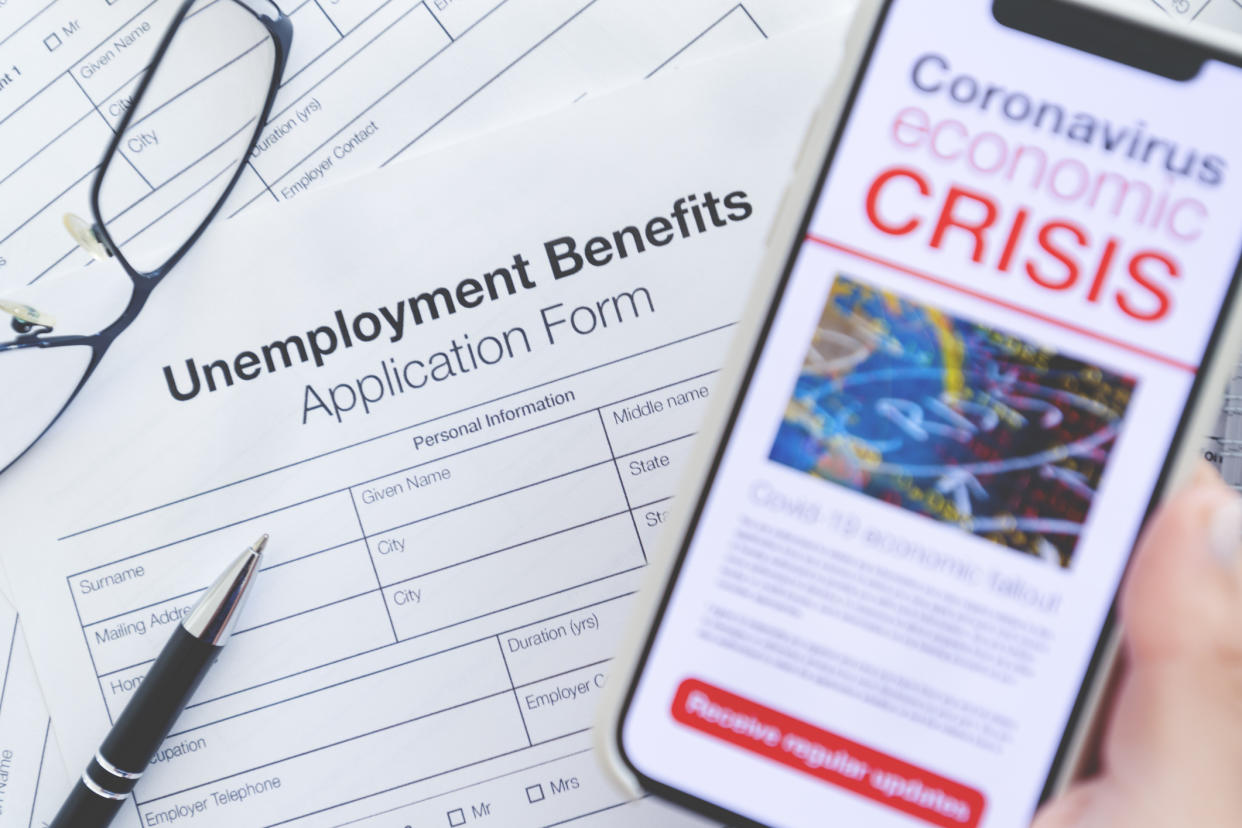How Australia could reduce unemployment to 4% in 12 months

By investing $51.7 billion over the next 12 months into a Job Guarantee, Australia could drastically reduce its increasing unemployment rate to just 4 per cent, and increase GDP to $101 billion, a new report suggests.
The University of Newcastle’s Centre of Full Employment and Equity (CofFEE) report states that while the government has been directing its focus to keeping inflation low and achieving fiscal surpluses, the time has come to gear policies towards job creation.
“In May 2020, there were more than seven unemployed for every job vacancy, and the problem of a lack of jobs intensifies if we include the 600,000 odd who have dropped out of the labour force due to lack of work and the 1.8 million who are underemployed, and, desire, on average, an additional 15 hours of work per week,” the report stated.
Cue a ‘Job Guarantee’: a program designed to create the employment necessary to reduce the current unemployment rate of 10 per cent to 4 per cent - lower than what it was pre-Covid-19.
How does the Job Guarantee work?
Modern Monetary Theory argues that any country borrowing in its own currency can finance fiscal stimulus by simply printing money.
It means that the government can, in theory, spend a lot more money than it has, and that budget deficits aren’t actually a bad thing.
The Job Guarantee relies on this theory.
“It’s no question that the Australian government is a currency-issuing government, which means it’s not financially constrained - it can buy anything, including idle labour” CofFEE Director, Professor Bill Mitchell told Yahoo Finance.
“Mass unemployment is thus, always, a political choice rather than the result of financial constraints on government,” the report states.
Mitchell said a Job Guarantee would therefore see the government “purchase” unemployment by providing jobs to all unemployed workers if they chose.
“We argue that the costs of unemployment are so dramatically high, that a superior solution would be for the government to offer unconditional job offers at a socially inclusive minimum wage to anybody who wants a job, and you leave it up to people to decide whether they want a job or not,” Mitchell said.
Under this program, the government would offer jobs to unemployed Australians at a rate of $753.80 per week, with all benefits including leave.
The proposed program would be federal funded, but locally organised, and would deliver jobs that meet community needs, the report states.
“Our modelling indicates the provision of a guaranteed job at a socially-inclusive minimum wage will reduce the massive income losses arising from unemployment as well as the damage to individuals and families arising from unemployment,” Mitchell said.
What jobs would be offered?
How wide does your imagination stretch?
The authors of the report conducted a survey where they asked 140 local governments in Australia, ‘If the federal government was to pay for the Job Guarantee, what jobs would they be able to find in their area that satisfied an unmet community need?’
The response was huge, Mitchell said.
“We received hundreds of thousands of jobs described to us by the respondents to the survey,” Mitchell said.
“Down the east coast of Australia, there are a lot of communities incredibly damaged by the bushfires over the summer, so there’s a massive number of jobs there just to fix that.”
And with most local governments reporting a shortage in aged care services, the government could offer personal care jobs.
“You can start pushing out your imagination,” Mitchell said.
“You might laugh at this, but imagine a surfer - one of the big problems in Australia is drowning, and who knows the ocean better than a surfer?”
Mitchell said surfers could be employed to take water safety classes for school children, which could reduce pressure on emergency services.
“There are stacks of jobs that could be offered,” he said.
What does the RBA think of printing more money?
While printing more money seems like the logical thing to do, RBA governor Philip Lowe said there was “no free lunch”.
Lowe said when a central bank creates money to finance government spending, it does so by crediting the government’s deposit account with it.
These extra deposits then represent a liability of the central bank, which means the bank might have an “IOU” from the government to be paid in the future.
“The tab always has to be paid and it is paid out of taxes and government revenues in one form or another,” Lowe stated.
If the additional spending is successful in stimulating the economy and inflation rises, at some point, Lowe said, interest rates would also need to be increased to avoid them going too far.
“The message here is that somebody always pays,” he said.
“It certainly is possible for the central bank to change when and how the spending is paid for, but it is not possible to put aside the government's budget constraint permanently.”
Are you a millennial or Gen Z-er interested in joining a community where you can learn how to take control of your money? Join us at The Broke Millennials Club on Facebook!



